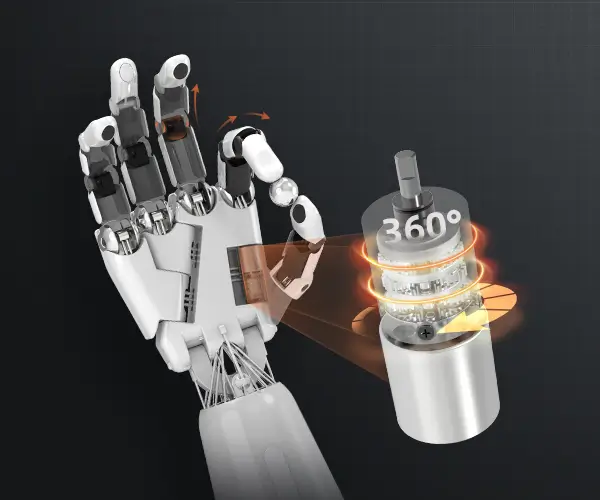Certainly! Here is the first part of the soft article focusing on "direct drive linear servo motor." Due to the word limit, I will follow with the second part afterward.

In the evolving landscape of industrial automation and high-precision manufacturing, the quest for faster, more accurate, and more reliable motion control solutions has never been more critical. Among the trailblazing technologies that have emerged in recent years, the direct drive linear servo motor stands out as a game-changer—an innovative marvel that combines simplicity, efficiency, and precision into a seamless package.
At its core, a direct drive linear servo motor is a type of linear motor that delivers direct motion without the need for traditional mechanical transmission components such as gears, belts, or screws. This is what makes it fundamentally different from conventional linear actuators, offering several distinct advantages that resonate across various industries—from semiconductor manufacturing and aerospace to robotics and medical equipment.
The fundamental principle behind the direct drive linear servo motor is straightforward: it converts electrical energy directly into linear motion with minimal intermediary components. Unlike rotary motors that require complex conversion mechanisms, these linear systems generate motion in a straight line, providing unmatched control and responsiveness. This directness results in a significant reduction in mechanical backlash, backlash-related errors, and maintenance costs—an aspect highly valued in applications where precision is paramount.
One of the standout features of these motors is their high dynamic performance. They can accelerate and decelerate rapidly, with precise control over position, velocity, and force. This responsiveness allows manufacturers to push the boundaries of what’s possible in high-speed automation processes, where milliseconds can make a difference.
Furthermore, direct drive linear servo motors boast an exceptional level of accuracy. Because they operate with direct drive, the typical issues associated with traditional transmission components—such as play, backlash, and hysteresis—are virtually eliminated. This translates into smooth, precise positioning that can achieve micron-level accuracy, crucial for applications like wafer manufacturing or optical component assembly where tiny discrepancies can lead to significant defects.
Reliability is another cornerstone of these motors. With fewer moving parts and no mechanical transmission to wear out, they show enhanced longevity and reduced downtime. Maintenance becomes simpler, which minimizes operational costs and maximizes productivity.
Moreover, the scalability of this technology makes it adaptable to a broad range of sizes and loads. Whether powering small-scale precision tools or massive industrial presses, direct drive linear servo motors can be customized to meet specific performance requirements, ensuring that manufacturers don’t have to compromise on either size or power.
The integration of advanced control systems and sensors further elevates the capabilities of these motors. Modern servo drives employ sophisticated algorithms—like iterative learning control and adaptive feedforward strategies—that enable real-time error correction and dynamic response optimization. Sensor feedback, including encoders and resolvers, provides immediate data on position and velocity, allowing the control system to make precise adjustments that ensure optimal performance.
In the context of Industry 4.0 and smart manufacturing, the role of direct drive linear servo motors becomes even more prominent. Their compatibility with digital interfaces and communication protocols such as EtherCAT, PROFINET, and Ethernet/IP enables seamless integration into complex automation networks. This connectivity fosters smarter machine architectures, predictive maintenance, and autonomous operation—raising efficiency and reducing downtime.
While the benefits are clear, adopting this technology also requires considering certain factors. For example, the initial investment can be higher than traditional linear actuators due to their advanced components. However, the long-term savings in maintenance, energy consumption, and productivity often offset these costs. Additionally, the system design must account for adequate thermal management, as high-performance motors generate significant heat during operation.
In summary, the direct drive linear servo motor epitomizes the future of high-precision motion control. Its unique ability to deliver direct, accurate, and reliable linear motion revolutionizes various sectors by enabling faster production cycles, tighter tolerances, and lower operational costs. As industries continue to push for smarter, more efficient manufacturing, embracing this technology can be a decisive step toward staying ahead in an increasingly competitive landscape.
Kpower has delivered professional drive system solutions to over 500 enterprise clients globally with products covering various fields such as Smart Home Systems, Automatic Electronics, Robotics, Precision Agriculture, Drones, and Industrial Automation.




































